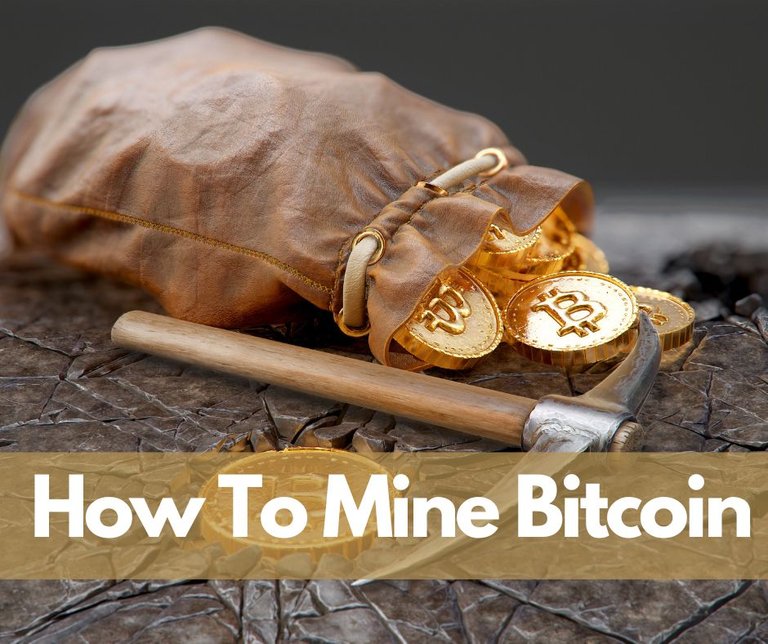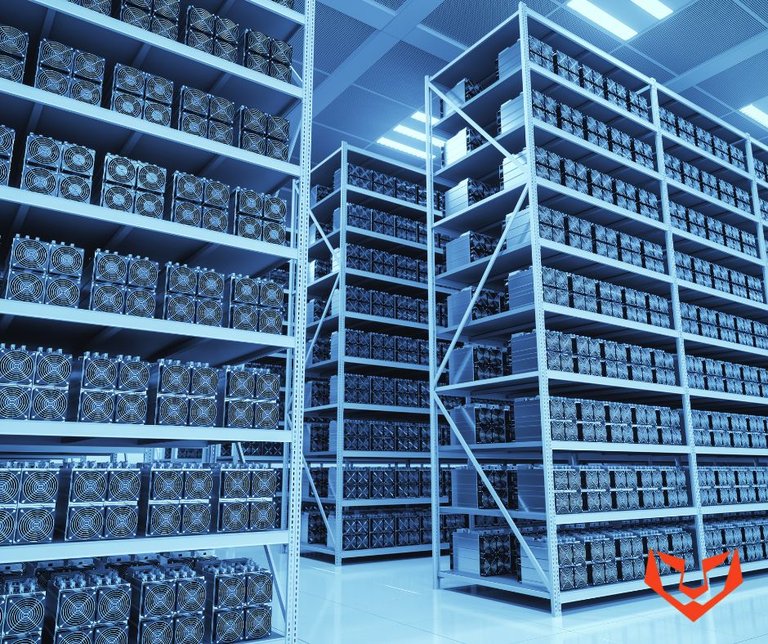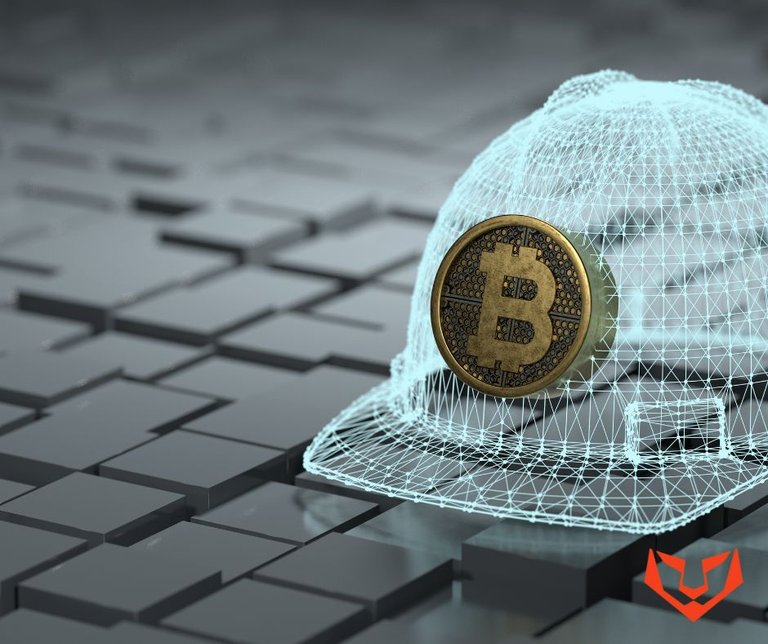
How To Mine Bitcoin
Happy start to the week InLeo the crypto currency is a little all over the place due to the occurrences on the U.S Presidential Election Campaigns which have been definitely news worthy. But today we’re going to focus on Bitcoin Mining and what it is and how to do it.
Bitcoin mining which is the process of validating transactions and adding them to the blockchain remains a lucrative option for many in 2024 especially while crypto prices are down. But there are a few things you need to know with advancements in technology and increased competition understanding what’s involved with Bitcoin mining is essential for anyone looking to enter the field. Today’s guide we will walk you through the steps and considerations for mining Bitcoin.

Mining Hardware
First up you will need processing power and the most popular are NViDIA Application Specific Integrated Circuits (ASICs) which are the gold standard in Bitcoin mining. These devices are specifically designed for crypto currency mining offering superior processing power and energy efficiency compared to general purpose hardware like CPUs or GPUs. Some of the top ASIC miners in 2024 include:
Bitmain Antminer S19j: Offers 90 TH/s with an energy consumption of 3,100W.
MicroBT Whatsminer M30S++: Provides 112 TH/s with a power draw of 3,480W.
Canaan AvalonMiner 1246: Delivers 90 TH/s consuming 3,420W.
Choosing the right ASIC is crucial, as the hash rate (measured in TH/s) and energy consumption directly impact your mining efficiency and profitability.
Mining Software
Once you have your hardware you'll need mining software to manage and optimize your operations. Popular options include:
CGMiner: A flexible mining software that supports multiple mining hardware and provides advanced settings for experienced users.
EasyMiner: A user friendly option ideal for beginners offering a graphical interface and easy setup.

Bitcoin Mining Pool
Mining Bitcoin independently can be challenging due to the high difficulty and competition. Joining a mining pool where miners combine their resources and share the rewards which increases your chances of earning Bitcoin. Reputable mining pools include:
Braiins Pool
F2Pool
ViaBTC
When choosing a pool you need to consider factors like fees, payout structure and reputation.
Bitcoin Storage
To store your mined Bitcoin securely, you'll need a reliable crypto wallet. Options include:
Electrum: A lightweight and secure desktop wallet.
Blue Wallet: A mobile wallet known for its user-friendly interface.
Ledger Hardware Wallet: Offers enhanced security by storing your private keys offline.
Step-by-Step Guide to Mining Bitcoin
Purchase an ASIC Miner: Choose a high-performance ASIC miner suitable for Bitcoin mining.
Install Mining Software: Download and set up your preferred mining software.
Configure the Software: Enter your mining pool details, wallet address and other necessary settings.
Join a Mining Pool: Sign up with a reliable mining pool to increase your chances of earning rewards.
Monitor and Optimise: Regularly check your mining performance and adjust settings to maximize efficiency.

Cloud Mining
For those who prefer not to manage hardware cloud mining offers an alternative. By renting mining power from a remote data centre you can mine Bitcoin without the hassle of setting up and maintaining your own equipment. Reputable cloud mining providers include StormGain, Binance, and Hashing24.
Several factors influence the profitability of Bitcoin mining:
Electricity Costs: Lower electricity rates improve profitability making regions with cheaper electricity more attractive for mining operations.
Hardware Efficiency: High efficiency miners with a better hash rate and lower power consumption yield higher returns.
Bitcoin Price: The market price of Bitcoin significantly affects mining profitability. Higher prices generally lead to increased profitability.
Mining Difficulty: The network adjusts the difficulty of mining every two weeks based on the total computational power affecting individual miners' chances of earning rewards.
Bitcoin mining is not without risks:
Volatility in Bitcoin Value: The fluctuating price of Bitcoin can impact mining profitability.
Cybersecurity Threats: Mining operations are targets for hackers, requiring robust security measures.
Regulatory Risks: Regulatory changes can affect the legality and profitability of mining in different regions.
Environmental Impact: Mining is energy-intensive, leading to high operational costs and environmental concerns. Some miners are adopting renewable energy sources to mitigate these issues.
Mining Bitcoin in 2024 requires significant investment in hardware, software and electricity. By understanding the technical aspects and joining a reliable mining pool and staying informed about market and regulatory conditions. You can optimise your mining operations and enhance profitability.
Whether you choose to mine with physical hardware or through cloud mining services, careful planning and ongoing management are key to success in the competitive world of Bitcoin mining.
Image sources provided supplemented by Canva Pro Subscription. This is not financial advice and readers are advised to undertake their own research or seek professional financial services.
Posted Using InLeo Alpha
I was under the impression that a lot of Bitcoin miners have been mining at a loss since the halving happened in April, because they need to expend the same amount of electricity & compute power for half the Bitcoin.
Yes but that will spur either technological advancement or high Bitcoin prices
I know about the mining hardware but it surprises me a lot
How will the BTC mined enter our normal wallets?